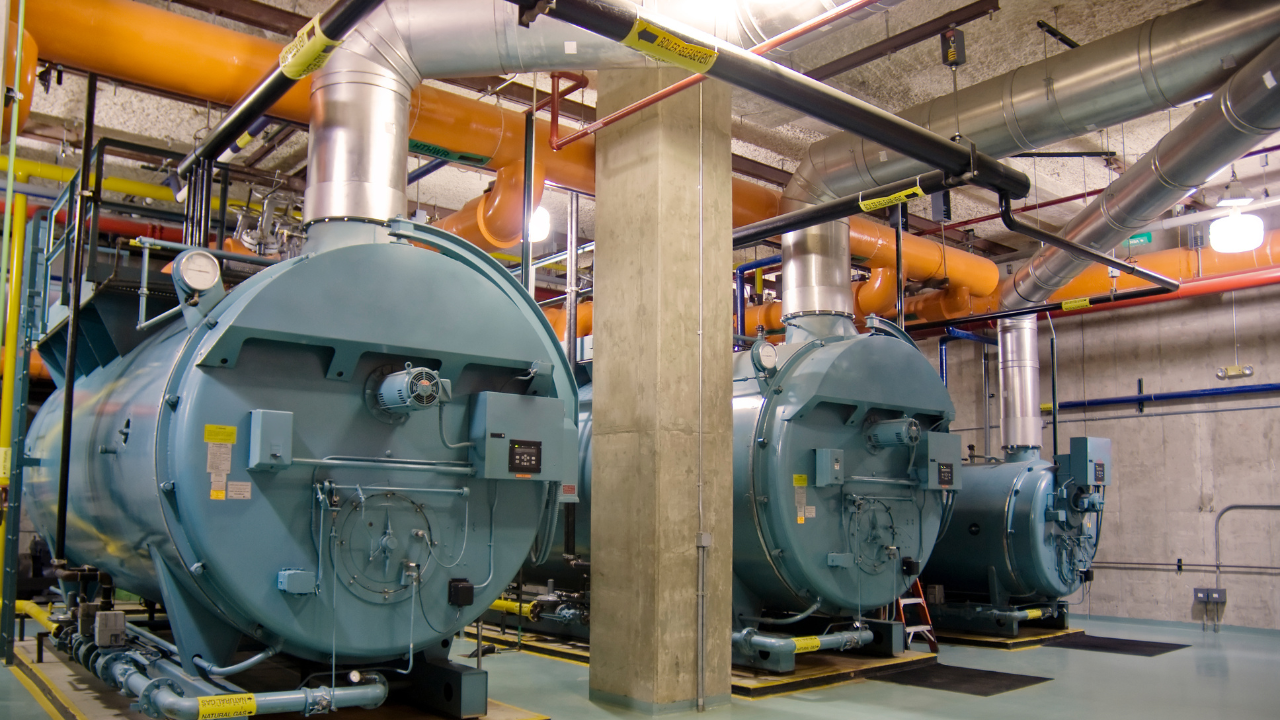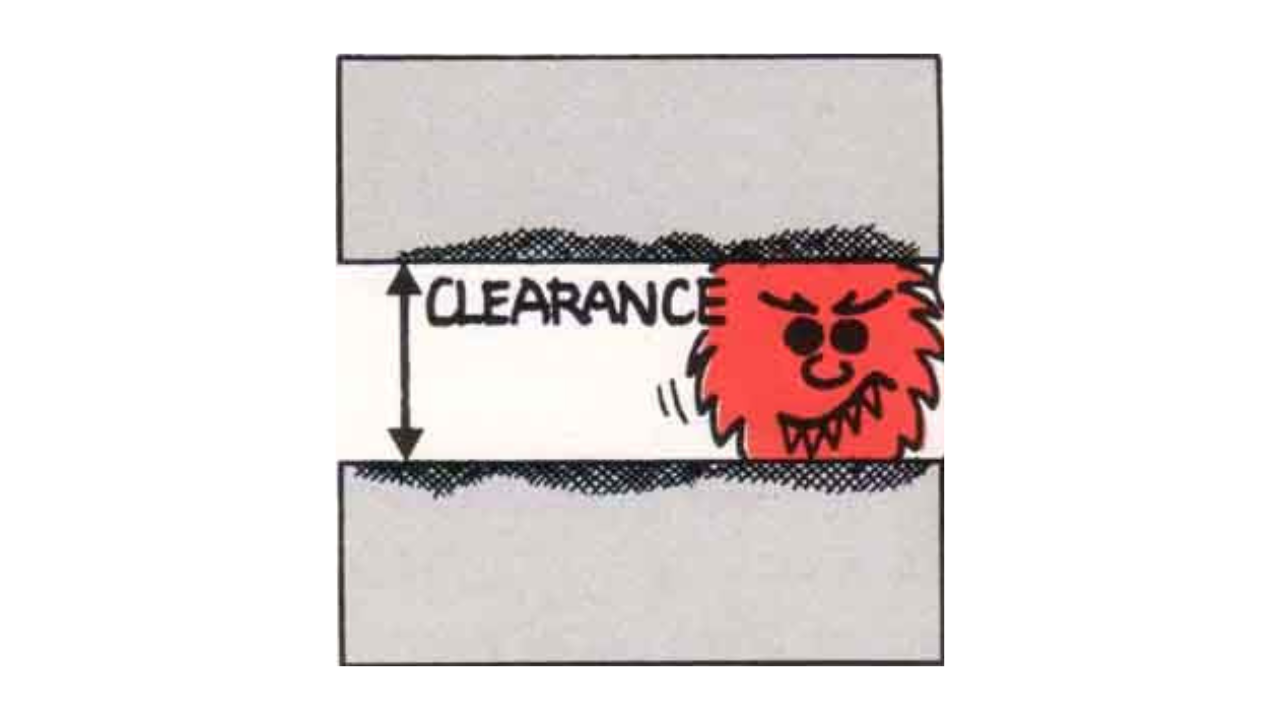An Integrated Process for System Maintenance, Fault Diagnosis and Support
Sudipto Ghoshal, Roshan Shrestha, Anindya Ghoshal, Venkatesh Malepati, Somnath Deb, Krishna Pattipati and David Kleinman
An-Integrated-Process-for-System-Maintenance-Fault-Diagnosis-and-Support
Click here to download the full pdf.
Sudipto Ghoshal, Roshan Shrestha, Anindya Ghoshal, Venkatesh Malepati, Somnath Deb, Krishna Pattipati and David Kleinman
Related Articles
Analyzing Semiconductor Failure
Semiconductor devices are almost always part of a larger, more complex piece of electronic equipment. These devices operate in concert with other circuit elements and are subject to system, subsystem and environmental influences. When equipment fails in the field or on the shop floor, technicians usually begin their evaluations with the unit's smallest, most easily replaceable module or subsystem. The subsystem is then sent to a lab, where technicians troubleshoot the problem to an individual component, which is then removed--often with less-than-controlled thermal, mechanical and electrical stresses--and submitted to a laboratory for analysis. Although this isn't the optimal failure analysis path, it is generally what actually happens.
Semiconductor devices are almost always part of a larger, more complex piece of electronic equipment. These devices operate in concert with other circuit elements and are subject to system, subsystem and environmental influences. When equipment fails in the field or on the shop floor, technicians usually begin their evaluations with the unit's smallest, most easily replaceable module or subsystem. The subsystem is then sent to a lab, where technicians troubleshoot the problem to an individual component, which is then removed--often with less-than-controlled thermal, mechanical and electrical stresses--and submitted to a laboratory for analysis. Although this isn't the optimal failure analysis path, it is generally what actually happens.

Improvement: What Comes First?
I use the term RCPE because it is a waste of good initiatives and time to only find the root cause of a problem, but not fixing it. I like to use the word problem; a more common terminology is Root Cause Failure Analysis (RCFA), instead of failure because the word failure often leads to a focus on equipment and maintenance. The word problem includes all operational, quality, speed, high costs and other losses. To eliminate problems is a joint responsibility between operations, maintenance and engineering.
I use the term RCPE because it is a waste of good initiatives and time to only find the root cause of a problem, but not fixing it. I like to use the word problem; a more common terminology is Root Cause Failure Analysis (RCFA), instead of failure because the word failure often leads to a focus on equipment and maintenance. The word problem includes all operational, quality, speed, high costs and other losses. To eliminate problems is a joint responsibility between operations, maintenance and engineering.

Anatomy of a Boiler Failure—A Different Perspective
The power industry’s operating and maintenance practices were held up to intense regulator and public scrutiny when on November 6, 2007, a Massachusetts power plant’s steam-generating boiler exploded and three men died. The Department of Public Safety’s Incident Report investigation determined that the primary cause of the Dominion Energy New England’s Salem Harbor Generating Station Unit 3 explosion was extensive corrosion of boiler tubes
The power industry’s operating and maintenance practices were held up to intense regulator and public scrutiny when on November 6, 2007, a Massachusetts power plant’s steam-generating boiler exploded and three men died. The Department of Public Safety’s Incident Report investigation determined that the primary cause of the Dominion Energy New England’s Salem Harbor Generating Station Unit 3 explosion was extensive corrosion of boiler tubes

Anatomy of a Hydraulic Pump Failure
I was asked recently to give a second opinion on the cause of failure of an axial piston pump. The hydraulic pump had failed after a short period in service and my client had pursued a warranty claim with the manufacturer. The manufacturer rejected the warranty claim on the basis that the failure had been caused by contamination of the hydraulic fluid. The foundation for this assessment was scoring damage to the valve plate.
I was asked recently to give a second opinion on the cause of failure of an axial piston pump. The hydraulic pump had failed after a short period in service and my client had pursued a warranty claim with the manufacturer. The manufacturer rejected the warranty claim on the basis that the failure had been caused by contamination of the hydraulic fluid. The foundation for this assessment was scoring damage to the valve plate.

Are We Willing to Hear What “Failure” Has to Say?
Root Cause Analysis has the potential of CHANGING people, IF the leader of the investigation knows of this potential. Far from “just another problem-solving exercise,”the root cause analysis should SLOW PEOPLE DOWN to the extent that they can see the truth of the incident under inquiry, WHATEVER THE TRUTH MIGHT BE. This paper focuses on two parts of our human nature which are large obstacles to root cause discovery, i.e., our unwillingness to slow down, and our unwillingness to let go of certain basic assumptions about life. Warning: This paper is designed to challenge the way you think about Root Cause Analysis.
Root Cause Analysis has the potential of CHANGING people, IF the leader of the investigation knows of this potential. Far from “just another problem-solving exercise,”the root cause analysis should SLOW PEOPLE DOWN to the extent that they can see the truth of the incident under inquiry, WHATEVER THE TRUTH MIGHT BE. This paper focuses on two parts of our human nature which are large obstacles to root cause discovery, i.e., our unwillingness to slow down, and our unwillingness to let go of certain basic assumptions about life. Warning: This paper is designed to challenge the way you think about Root Cause Analysis.

Definition of Root Cause Analysis (RCA)
A fault tree is constructed starting with the final failure and progressively tracing each cause that led to the previous cause. This continues till the trail can be traced back no further. Each result of a cause must clearly flow from its predecessor (the one before it). If it is clear that a step is missing between causes it is added in and evidence looked for to support its presence. Below is a sample fault tree for the moral story of the kingdom lost because of a missing horseshoe nail.
A fault tree is constructed starting with the final failure and progressively tracing each cause that led to the previous cause. This continues till the trail can be traced back no further. Each result of a cause must clearly flow from its predecessor (the one before it). If it is clear that a step is missing between causes it is added in and evidence looked for to support its presence. Below is a sample fault tree for the moral story of the kingdom lost because of a missing horseshoe nail.




